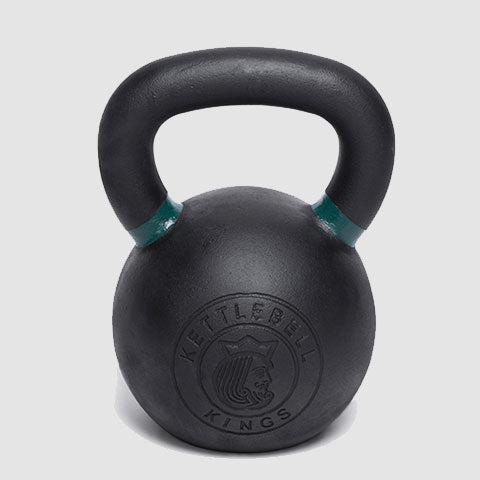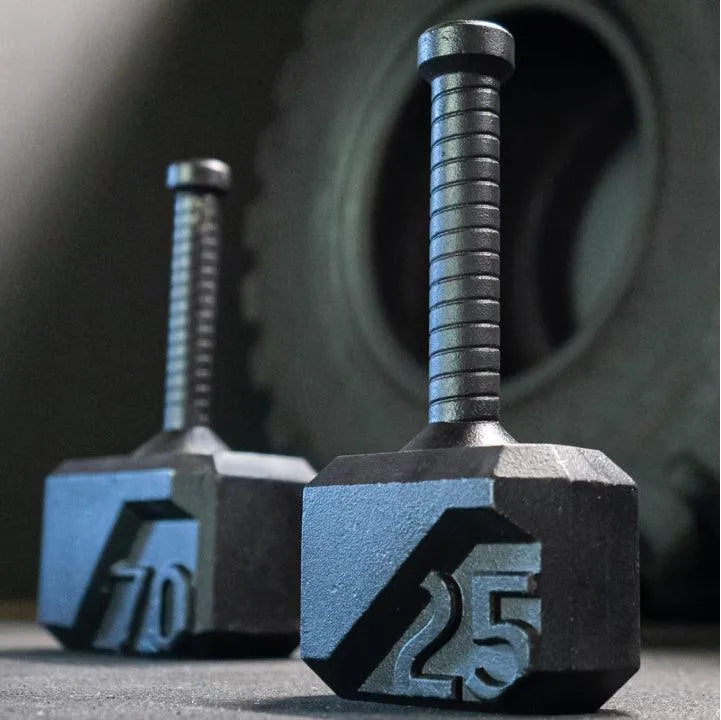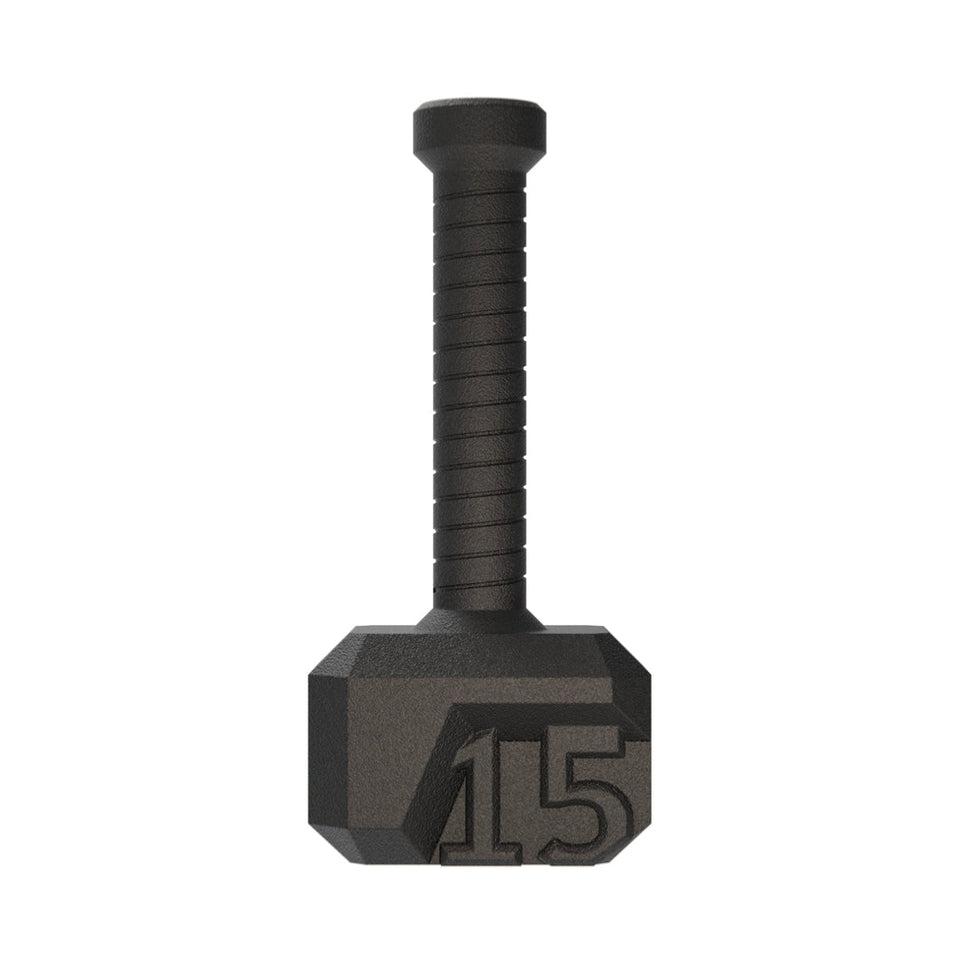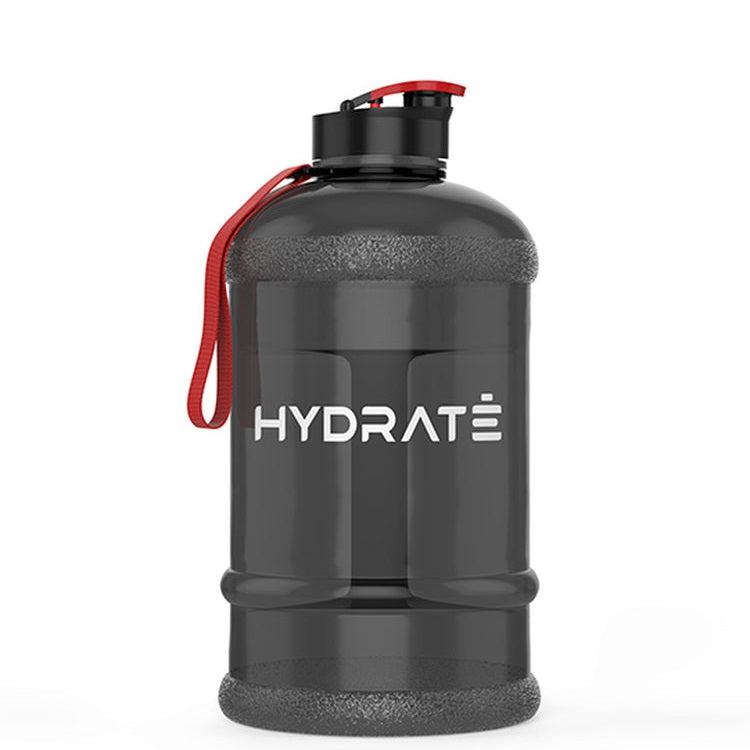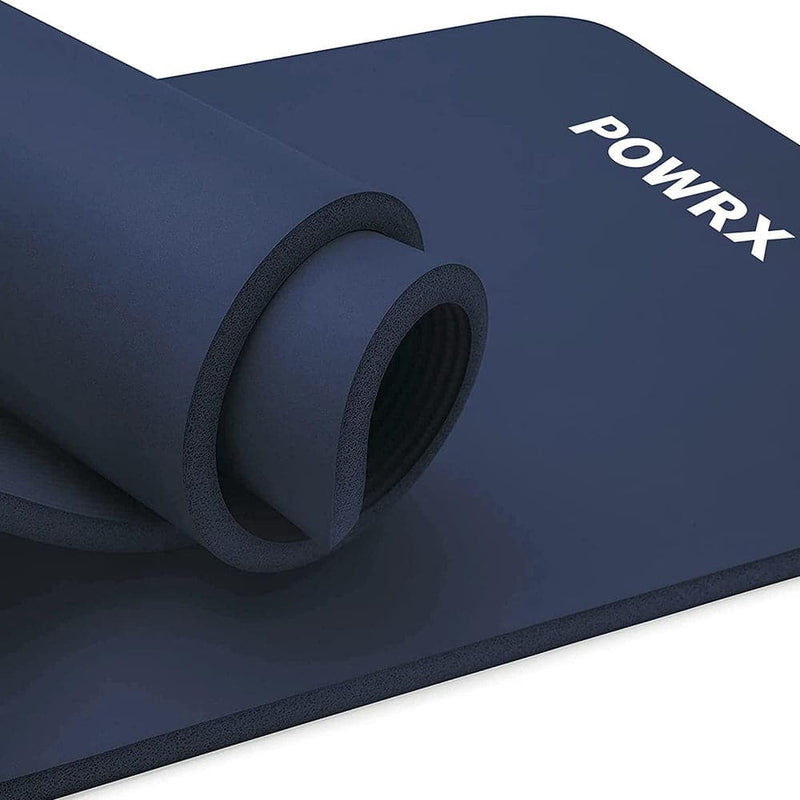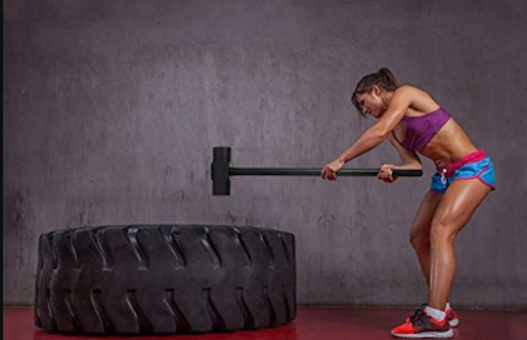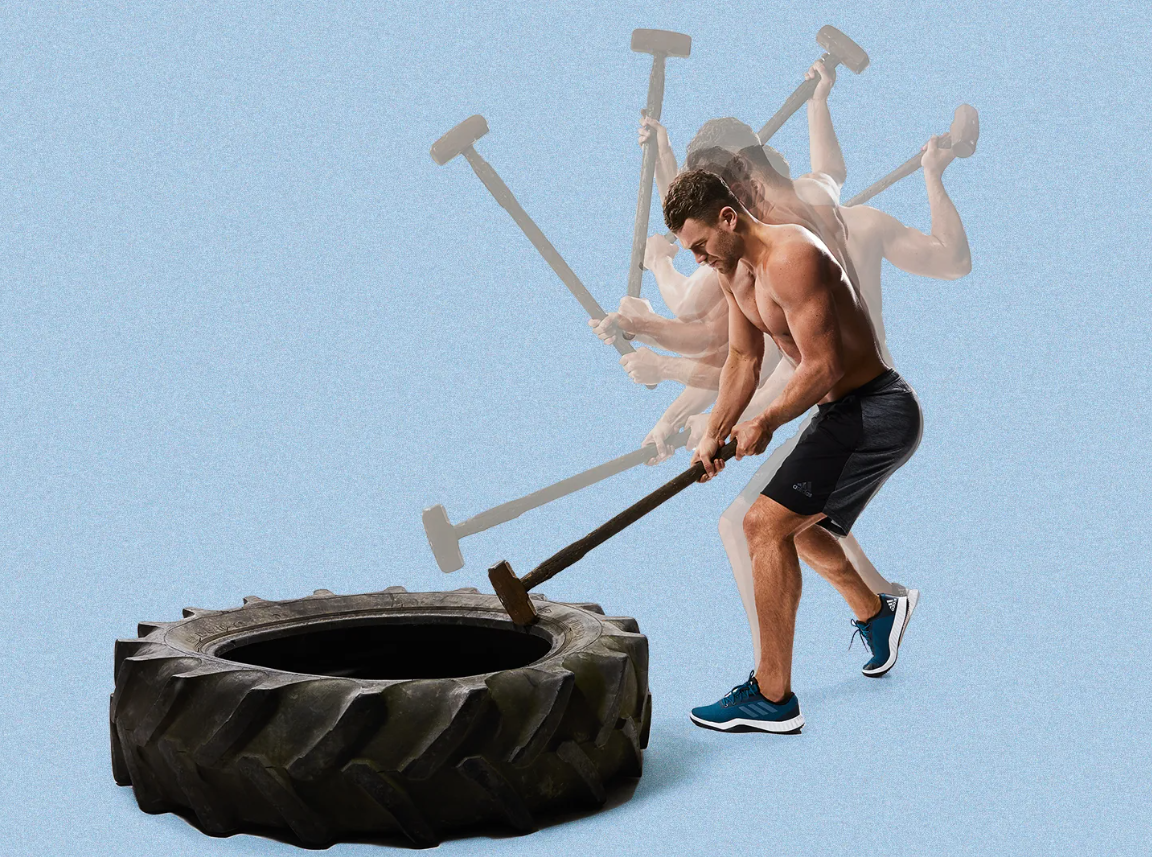The sledgehammer tire workout is a unique and highly effective form of exercise that combines elements of strength training, cardiovascular endurance, and functional fitness. Utilizing a sledgehammer and a tire, this workout targets multiple muscle groups, enhances power, and improves overall physical conditioning.
In this article, we will delve into the benefits, techniques, workout routines, equipment, comparisons with traditional exercises, specific fitness goals, and advanced tips for optimizing your sledgehammer tire workout.
Benefits of SledgeHammer Tire Workout
Sledgehammer tire workouts offer numerous advantages that make them an excellent addition to any fitness regimen. These benefits include increased strength and power, improved cardiovascular endurance, and a full-body workout. The dynamic and explosive nature of this exercise ensures that multiple muscle groups are engaged, leading to comprehensive physical development.
Increased Strength and Power
Swinging a sledgehammer engages various muscle groups, including the shoulders, arms, core, and legs. This activity builds strength and power, making it beneficial for athletes and individuals looking to enhance their physical performance. The resistance provided by the tire adds an extra challenge, promoting muscle growth and endurance.
Improved Cardiovascular Endurance
The high-intensity nature of sledgehammer workouts elevates the heart rate, providing a cardiovascular challenge that improves endurance. This type of workout can enhance aerobic capacity and overall cardiovascular health, making it an effective alternative to traditional cardio exercises like running or cycling.
Full-Body Workout
One of the main advantages of the sledgehammer tire workout is its ability to provide a full-body workout. The swinging motion engages the upper body, core, and lower body muscles, ensuring a comprehensive and balanced exercise session. This full-body engagement promotes muscle symmetry and functional strength.
Techniques for SledgeHammer Tire Workout
Proper technique is crucial for maximising the benefits of sledgehammer tire workouts and preventing injuries. This section will cover the essential techniques, including proper grip and stance, effective striking methods, and important safety tips and precautions.
Proper Grip and Stance
A correct grip and stance are foundational for effective and safe sledgehammer workouts. Holding the sledgehammer with both hands, one near the end of the handle and the other about a third of the way up, provides control and power. Standing with feet shoulder-width apart, knees slightly bent, and core engaged ensures stability and allows for powerful swings.
Effective Striking Techniques
Different striking techniques can target various muscle groups and add variety to workouts. The overhead swing primarily engages the shoulders, arms, and core, while side swings target the obliques and improve rotational strength. Diagonal swings combine elements of both, providing a comprehensive workout that challenges multiple muscles simultaneously.
Overhead Swing
- Start Position: Begin with the sledgehammer held vertically above your head.
- Swing: Bring the hammer down forcefully, aiming to strike the centre of the tire. Use your hips and core to generate power, not just your arms.
- Impact: As the hammer hits the tire, allow your hands to slide together for a smooth, controlled motion.
Diagonal Swing
- Start Position: Hold the hammer above your shoulder on one side of your body.
- Swing: Swing diagonally across your body to strike the tire. This variation engages your obliques and shoulders more intensely.
- Impact: Ensure a smooth follow-through by letting your hands slide together as the hammer makes contact with the tire.
Side Swing
- Start Position: Hold the hammer horizontally beside your hip.
- Swing: Swing the hammer horizontally across your body to strike the tire. This technique targets the core and upper body muscles.
- Impact: Keep the motion fluid, letting your hands slide together upon impact.
Here is how to do it properly

Sledgehammer tire workouts are a dynamic and effective way to build strength, endurance, and power. To get started with this workout, you'll need a heavy sledgehammer and a large, sturdy tire. Here's a general guide on how to perform the workout:
Warm-Up
Begin with a proper warm-up to prepare your muscles and joints. This can include light cardio, dynamic stretches, and mobility exercises to ensure you're ready for the intense activity ahead.
Grip and Stance
Stand with your feet shoulder-width apart and grip the sledgehammer with both hands, one closer to the head of the hammer and the other further down the handle. This grip will provide better control and leverage. Position yourself in front of the tire, ensuring you have enough space to swing the hammer safely.
Swing Technique
Start with the sledgehammer raised above one shoulder and bring it down forcefully onto the tire. Use a powerful, controlled swing, engaging your core and legs to generate force. The motion should be similar to a chopping action. Alternate sides to ensure balanced muscle development.
Body Mechanics
Focus on using your entire body, not just your arms. Engage your core and legs to drive the swing and maintain a strong, stable stance. Proper form will help prevent injury and maximize the effectiveness of the workout.
Reps and Sets
Start with a manageable number of swings, such as 10-15 per side, and gradually increase as your strength and endurance improve. Perform 3-4 sets with rest intervals in between.
Cool Down
After completing your workout, take time to cool down with static stretches and deep breathing. This helps to reduce muscle soreness and aids in recovery.
Incorporating sledgehammer tire workouts into your routine can enhance your overall fitness, improve your grip strength, and build explosive power.
Safety Tips and Precautions
Safety is paramount when performing sledgehammer workouts. Always start with a thorough warm-up to prepare your muscles and joints. Wear protective gear, such as gloves and eye protection, to prevent injuries. Focus on controlled and precise movements to avoid overexertion and reduce the risk of accidents.
SledgeHammer Tire Workout Routines
Tailored workout routines can help individuals at different fitness levels achieve their goals. This section will outline beginner, intermediate, and advanced sledgehammer tire workout routines, providing a structured approach to progress and improvement.
Beginner Workouts
Beginners should focus on mastering the basics with simple routines that build foundational strength and technique. A typical beginner workout might include 3 sets of 10 overhead swings on each side, with a 1-minute rest between sets. Gradually increasing the number of sets and reps helps build endurance and strength.
Intermediate Workouts
Intermediate routines introduce more variety and intensity. For example, a circuit of 12 side swings, 12 diagonal swings, and 12 overhead swings, repeated 3 times with 1-minute rest intervals, can provide a balanced challenge. Incorporating different swing variations keeps the workouts engaging and effective.
Advanced Workouts
Advanced workouts are designed for those with a solid foundation and experience in sledgehammer exercises. These routines might involve 5 sets of 20 overhead swings on each side, with 30 seconds of rest between sets, or continuous circuits of various swings. Increasing the weight of the sledgehammer and reducing rest times can further enhance the challenge.
Tools and Equipment for SledgeHammer Tire Workout
Choosing the right tools and equipment is essential for a safe and effective sledgehammer tire workout. This section will guide you through selecting the appropriate sledgehammer, tire, and additional gear to optimize your training.
Choosing the Right Sledge Hammer
Selecting a sledgehammer with an appropriate weight is crucial. Beginners may start with a 6-8 pound hammer, while more advanced individuals can use a 10-12 pound hammer or heavier. The length of the handle should be comfortable for your height and arm length, providing the right balance of leverage and control.
Selecting the Appropriate Tire
The tire should be large enough to provide a stable striking surface but not so large that it becomes difficult to move or store. Ensure the tire is in good condition, free of cracks or damage that could compromise its integrity during workouts. The tire’s durability will ensure it can withstand repeated impacts from the sledgehammer.
Additional Gear and Accessories
Protective gear such as gloves and eye protection are essential for preventing injuries. Gloves enhance grip and protect your hands, while safety glasses shield your eyes from debris. A non-slip workout mat can provide additional stability and protect your floor during indoor workouts, ensuring a safe exercise environment.
SledgeHammer Tire Workout vs. Traditional Exercises
Comparing sledgehammer tire workouts with traditional exercises highlights the unique benefits and challenges of this training method. This section will explore how sledgehammer workouts stack up against weightlifting, cardio machines, and functional training.
Comparison with Weightlifting
Unlike traditional weightlifting, which often involves isolated movements, sledgehammer workouts are dynamic and engage multiple muscle groups simultaneously. This functional strength training mimics real-life movements, enhancing overall athletic performance and reducing the risk of injury by promoting balanced muscle development.
A detailed comparison:
|
Aspect |
Weightlifting |
Hammering |
|
Targeted Muscle Isolation |
Allows precise targeting of specific muscle groups (e.g., biceps, triceps, quads). |
Engages multiple muscle groups simultaneously, focusing on overall functional strength. |
|
Controlled Resistance |
Provides adjustable resistance for progressive overload, crucial for muscle growth. |
Lacks precise resistance control but allows for varied weight and intensity through hammer weight and swing patterns. |
|
Training Focus |
Focuses on muscle isolation and strength development through specific exercises. |
Emphasises dynamic, full-body movements and functional training. |
|
Versatility |
Limited to the specific exercises and weights used; less variety in movement. |
Highly versatile; allows for varied swing patterns, weights, and stances. |
|
Functional Training |
Primarily targets muscle groups for strength and hypertrophy. |
Enhances practical strength, coordination, and endurance, mimicking real-world activities. |
|
Exercise Variations |
Includes diverse exercises (e.g., squats, deadlifts) with controlled resistance. |
Offers variations in swing patterns, stance, and hammer weight for different challenges. |
|
Integration |
Ideal for targeted muscle development and progressive overload. |
Complements weightlifting by adding functional strength and variety to the workout routine. |
Both weightlifting and Sledgehammer workouts contribute to muscle building and overall fitness but do so through different mechanisms. Weightlifting provides targeted muscle isolation and controlled resistance, while Sledgehammer workouts offer functional training and dynamic variety. Understanding the strengths of each can help in creating a well-rounded fitness program that combines the benefits of both approaches.
Contrasting with Cardio Machines
Sledgehammer workouts offer high-intensity, full-body cardiovascular challenges, unlike the steady-state cardio provided by machines like treadmills or ellipticals. The varied movements prevent monotony and can be more engaging than repetitive cardio machine exercises, making it easier to stay motivated and consistent with workouts.
Integration with CrossFit and Functional Training
Sledgehammer workouts fit well into CrossFit and functional training programs, offering a unique way to build strength, power, and endurance. Their versatility allows for modifications and adaptations, making them a valuable addition to any fitness routine. The explosive movements and functional strength gained from sledgehammer workouts can enhance performance in a variety of sports and activities.
SledgeHammer Tire Workouts for Specific Goals
Tailoring sledgehammer tire workouts to specific fitness goals can maximize their effectiveness. This section will discuss how to use these workouts for fat loss, muscle building, and sports performance enhancement.
Fat Loss and Weight Management
The high intensity and full-body engagement of sledgehammer workouts lead to significant calorie burn, aiding in fat loss and weight management. These workouts can boost metabolism, helping to maintain weight loss over time. Incorporating high-intensity interval training (HIIT) principles can further enhance fat-burning potential.
Muscle Building and Toning
The resistance provided by the sledgehammer and the explosive movements involved in the workout contribute to muscle building and toning. The varied swings ensure balanced muscle development, targeting both major and stabilizing muscles. Consistent practice and progressive overload are key to maximizing muscle growth and achieving a toned physique.
Sports Performance Enhancement
Sledgehammer workouts develop explosive power, which is beneficial for athletes in sports requiring quick, forceful movements. The engagement of core muscles during swings enhances stability and performance in various sports. Incorporating sledgehammer exercises into a training regimen can improve agility, coordination, and overall athletic performance.
Advanced Tips and Techniques for SledgeHammer Tire Workout
For those looking to take their sledgehammer tire workouts to the next level, advanced tips and techniques can provide additional challenges and benefits. This section will explore tempo and intensity variations, incorporating plyometric movements, and progression strategies.
Tempo and Intensity Variations
Varying the speed and intensity of your swings can target different muscle fibers and improve overall strength and endurance. Slow, controlled swings focus on building muscle, while fast, explosive swings enhance power and cardiovascular fitness. Alternating between different tempos can prevent plateaus and keep workouts challenging.
Incorporating Plyometric Movements
Combining sledgehammer swings with plyometric exercises can add an extra layer of intensity and explosiveness to your workout. Plyometric push-ups, jump squats, and burpees can be incorporated between sets of swings to enhance lower body power and cardiovascular endurance. These movements can improve athletic performance and overall conditioning.
Progression Strategies for Ongoing Improvement
Gradually increasing the weight of your sledgehammer and the number of repetitions can continue to challenge your muscles and promote growth. Introducing new swing variations and incorporating different workout routines can prevent monotony and ensure continuous progress. Tracking your progress and setting specific goals can help maintain motivation and focus.
Conclusion
The sledgehammer tire workout is an effective and versatile exercise routine that offers numerous benefits, including increased strength and power, improved cardiovascular endurance, and a comprehensive full-body workout. By mastering proper techniques, incorporating varied routines, and using the right equipment, you can maximize the effectiveness of your workouts and achieve your fitness goals. Whether you are aiming for fat loss, muscle building, or sports performance enhancement, the sledgehammer tire workout provides a dynamic and engaging way to improve your overall fitness.

